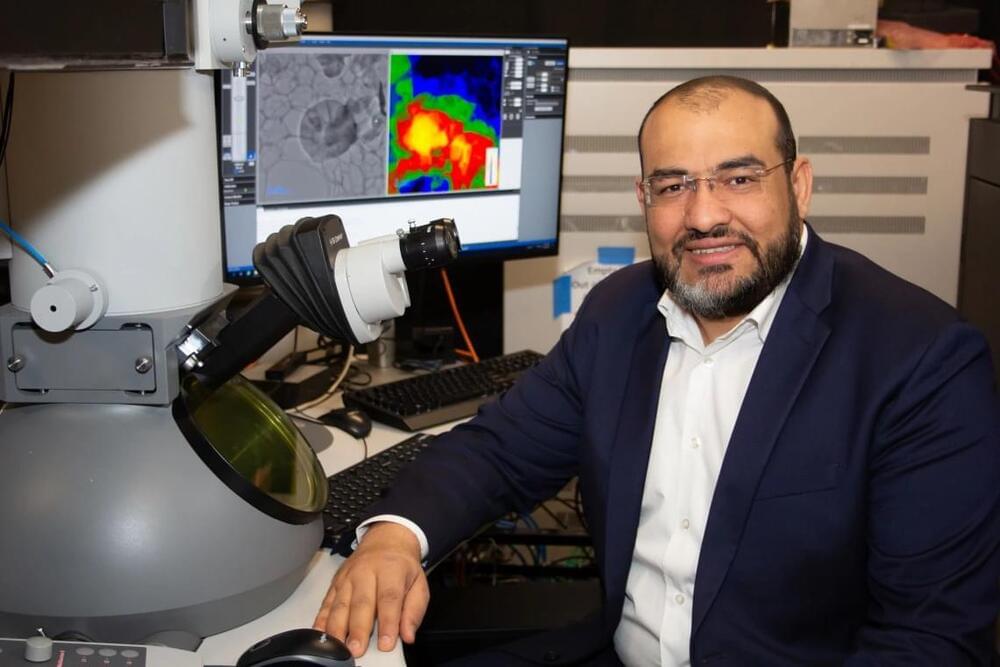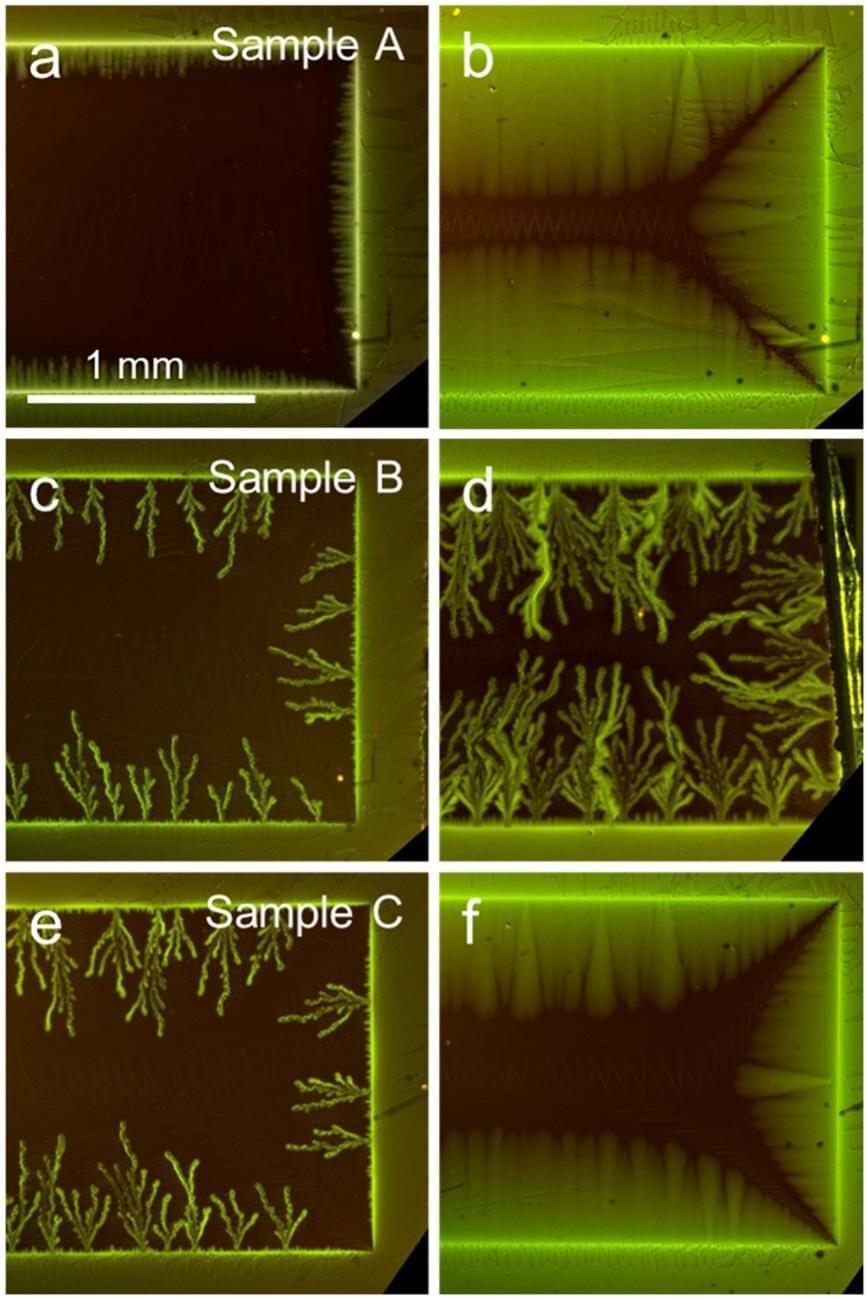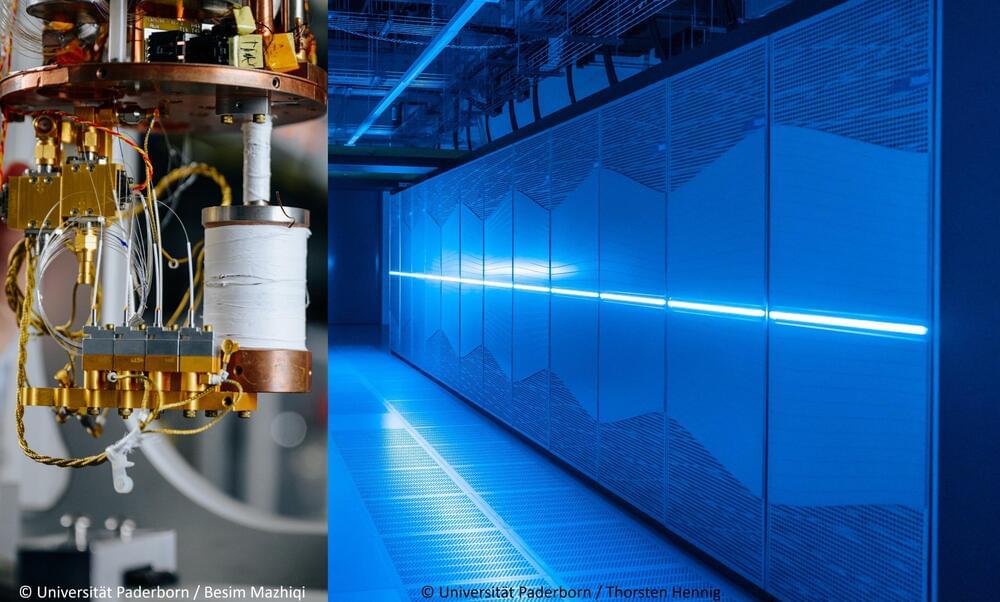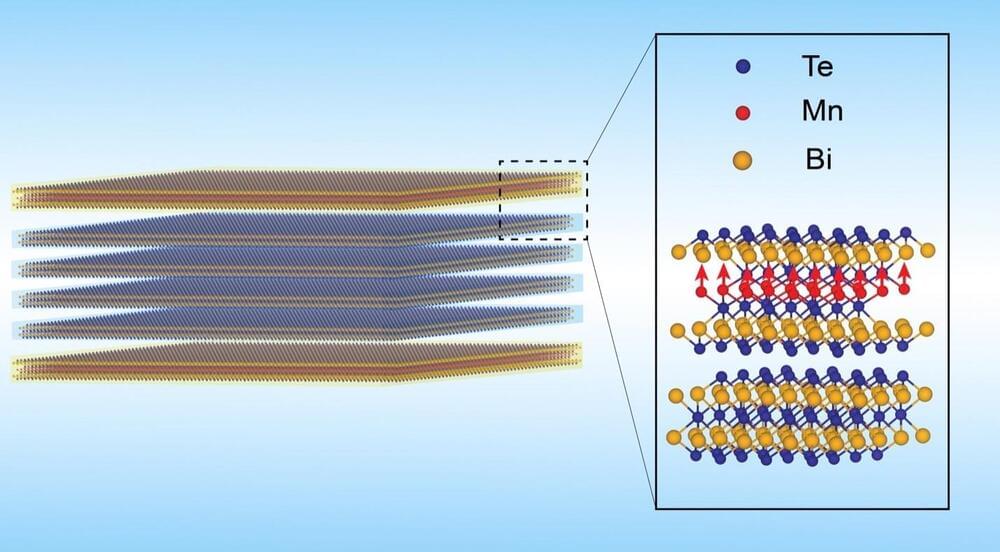Media Advisory: Cybersecurity & Emerging Tech Expert and Georgetown professor Chuck Brooks Media Availability.
Category: quantum physics – Page 113
PRESS RELEASE — After over a year of evaluation, NIST has selected 14 candidates for the second round of the Additional Digital Signatures for the NIST PQC Standardization Process. The advancing digital signature algorithms are:
NIST Internal Report (IR) 8528 describes the evaluation criteria and selection process. Questions may be directed to [email protected]. NIST thanks all of the candidate submission teams for their efforts in this standardization process as well as the cryptographic community at large, which helped analyze the signature schemes.
Moving forward, the second-round candidates have the option of submitting updated specifications and implementations (i.e., “tweaks”). NIST will provide more details to the submission teams in a separate message. This second phase of evaluation and review is estimated to last 12–18 months.
Imagine owning a camera so powerful it can take freeze-frame photographs of a moving electron – an object traveling so fast it could circle the Earth many times in a second. Researchers at the University of Arizona have developed the world’s fastest electron microscope that can do just that.
They believe their work will lead to groundbreaking advancements in physics, chemistry, bioengineering, materials sciences and more.
“When you get the latest version of a smartphone, it comes with a better camera,” said Mohammed Hassan, associate professor of physics and optical sciences. “This transmission electron microscope is like a very powerful camera in the latest version of smartphones; it allows us to take pictures of things we were not able to see before – like electrons. With this microscope, we hope the scientific community can understand the quantum physics behind how an electron behaves and how an electron moves.”
A new proposal borrows from the principles of quantum mechanics and a technique called “wavelength multiplexing” to hypothesize an ultra-dense new storage format.
Qubit Readout Mystery Solved
Posted in computing, quantum physics
Theoretical work provides a long-awaited explanation for why measurements of qubits in superconducting quantum computers are less accurate than expected.
A team of researchers, led by scientist Lin Zhou of Ames National Laboratory, has made important progress towards understanding the role of surface oxides in improving quantum computing circuits performance. Surface oxides are a primary cause of decoherence, or loss of quantum properties in quantum circuits.
For the first time ever, scientists at Paderborn University have used high-performance computing (HPC) at large scales to analyze a quantum photonics experiment. In specific terms, this involved the tomographic reconstruction of experimental data from a quantum detector. This is a device that measures individual photons.
Researchers have developed a new “sandwich” structure material that exhibits the quantum anomalous Hall effect, enabling electrons to travel with almost no resistance at higher temperatures.
This breakthrough could significantly enhance computing power while dramatically reducing energy consumption. The structure is based on a layered approach with bismuth telluride and manganese bismuth telluride, promising faster and more efficient future electronic devices.
Quantum Material Innovations
A 1930s-era breakthrough is helping physicists understand how quantum threads could weave together into a holographic space-time fabric.









